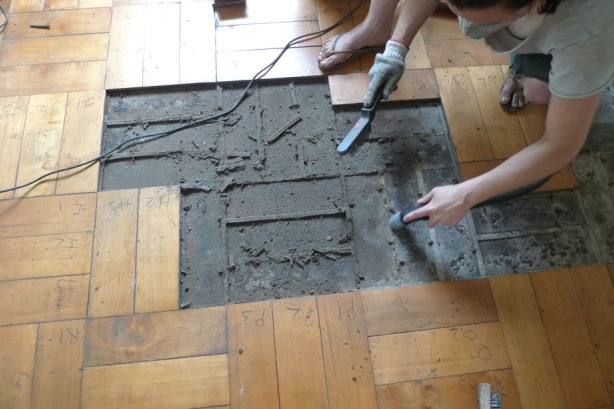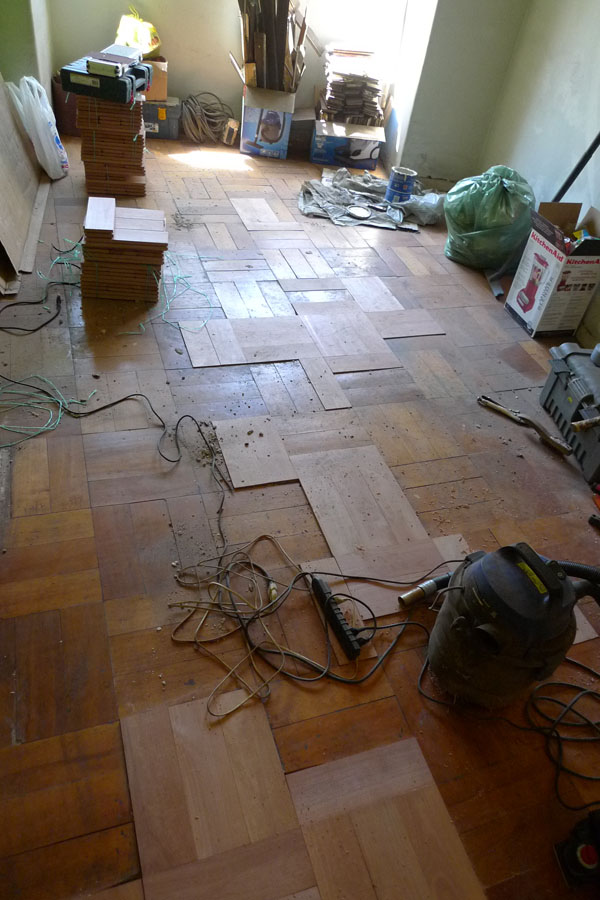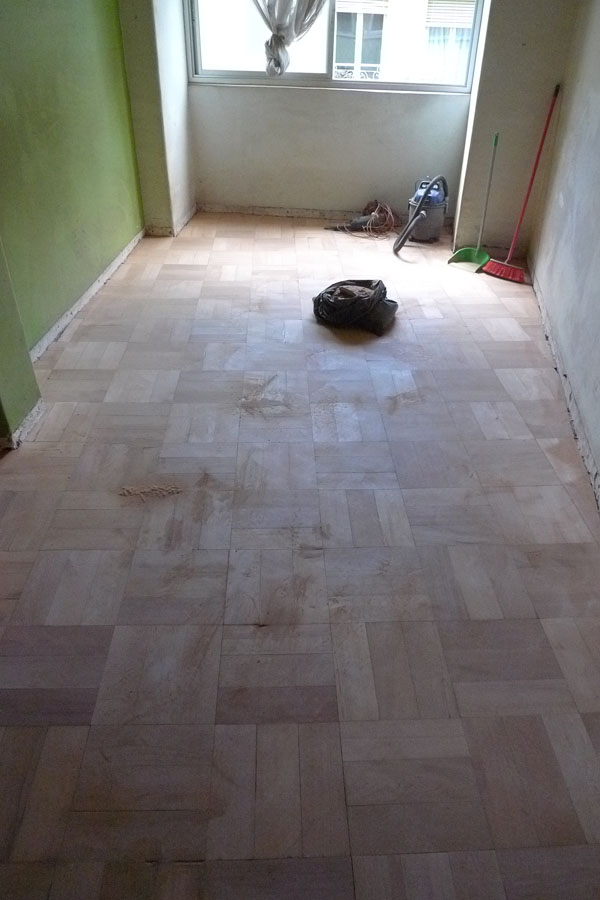From the Baja Pony Express:
Also from Yucatan Expatriate Services (original)
NEW IMMIGRATION LAWS 2012
Submitted by Yucatan Expatriate Services on October 15, 2012
On September 28, 2012 a new set of Regulations of the Immigration Laws of Mexico were officially published. The new laws themselves were published and discussed over a year ago, but were not put into effect and the details were not released. Now details have been explained and the regulations will be in effect soon, so now is the time to let everyone know what has changed.
These new regulations will come into effect 30 working days from the date of publication (on or about November 12, 2012). The regulations regarding the General Law of Population on migratory control, verification and regulation will then be officially annulled, including the Manual on Criteria and Migratory Procedures of the National Institute of Migration through which the present visa designations of Non-Immigrant, Immigrant and Immigrated were defined. Anyone with a current visa (FM2 or FM3) can continue to use their current visa until the expiration date, at which point they will have to renew under one of the categories outlined below.
New Immigration Law Details
The following are the most important new details of this new act:
The Migratory status of “Non-Immigrant” (previously known as FM3), “Immigrant” (previously known as FM2) and Immigrated (Inmigrado) shall cease to exist and shall be replaced by visas that pertain to the ‘conditions of stay’. The new designations will be Visitor (Visitante), Temporary Resident (Residente Temporal) and Permanent Resident (Residente Permanente).
The present visa cards or booklets designating FM2 or FM3 status will cease to be valid and will be replaced by Visitor, Temporary Resident and Permanent Resident cards.
The newly published regulations establish the criteria, requirements and procedures for the following types of visas. We want to stress that the people at the immigration offices are getting trained as we write this article, so details about how these rules will be enacted and questions about discrepancies and changes are still unclear.
Visitor Visa without Permission to Engage in Lucrative Activities (Visa de visitante sin permiso para realizar actividades remuneradas)
This visa may be granted for up to ten years. The applicant may be granted this visa if they can demonstrate one or more of the following circumstances:
-They have sufficient economic solvency
-They are a frequent traveler to Mexico
-They are a researcher, scientist, humanist, artist, athlete, prestigious journalist (national or international) or are another type of promiment person
-They are the spouse, concubine or equivalent, child, parent or sibling of a Mexican or a temporary or permanent resident, but are not intending to reside in the country
-They are the spouse, concubine or equivalent, child, parent or sibling of a diplomatic or consular official accredited in Mexico who are ordinary passport holders
-Being a supervisor of a foreign company with a subsidiary in the country or executive staff of subsidiaries or sales offices of Mexican companies abroad.
A non-Mexican who obtains this visa may request the issuance of the same for their spouse, concubine or equivalent and their children, if the children or adolescents are under their legal custody or if they are over-age but still in their legal custody. In this case, the applicant must prove the relationship and they must also prove that they have sufficient economic solvency to support those dependents, and that they are frequent travelers.
This visa will be issued for those non-Mexicans interested in being in the country for no more than 180 days.
Visitor visa with permission to engage in lucrative activities (Visa de visitante con permiso para realizar actividades remuneradas)
This visa will be issued for those non-Mexicans interested in doing business in Mexico for no more than 180 days. The individuals or legally-established corporations in the country who want to give a job to a non-Mexican may submit an application for a specific person to perform a specific job. They must provide the following information:
-Proof of an employer registration record issued by the Instituto Nacional de Migración (INM)
-The name and nationality of the non-Mexican
-The position he or she will perform for the company
-The amount of compensation for this position and this person
-The duration of the job
-The address of the workplace
-Proof of ability to pay for his/her travel
Immigration authorities may conduct verification visits to the workplace to check the veracity of the job, the existence of the petitioner or any other information presented in the application. Upon approval, the visa issues will allow the person performing the job to engage in activities for pay and will be for the duration of the position as stated in the application.
Visitor Visa For Adoption (Visa de visitante para realizar trámites de adopción)
The visitor visa for adoption procedures may be issued to non-Mexicans linked to an adoption process in Mexico. The applicant must provide proof of the existence or initiation of an international adoption procedure with the National System for Integral Family Development (DIF) in Mexico.
The visitor visa for adoption purposes will be issued for only one hundred and eighty calendar days with a single entry. The non-Mexican must request this visa within the first thirty calendar days after his/her entry into Mexico. This visa will remain valid until the adoption has concluded and, where appropriate, the formalities of registration before the Civil Registry, such as issuing passports and other necessary arrangements to ensure that the child or adolescent will be admitted to the country of residence of the adopter, have been completed.
Temporary Resident Visa (Visa de residente temporal)
The temporary resident visa is issued to a non-Mexican who declares his/her intention to remain in Mexico for a period exceeding one hundred and eighty days and up to four years. The applicant must demonstrate one of the following:
-Sufficient economic resources to pay for accommodations and meals during their stay in Mexico
-Participation in a scientific research project or sample collection in Mexico or the territorial waters of Mexico, after having obtained the appropriate authorizations from the appropriate national authorities (e.g., INAH, etc.)
-Family relationship to a Mexican, temporary or permanent resident
-An invitation from an organization or a public or private institution in Mexico to participate in any activity for which they will gain no income. The invitation should be on letterhead and indicate the activity that the applicant will be performing, the duration and the address of the workplace and the person or company accepting responsibility to pay for their travel and living expenses. Otherwise, the applicant must demonstrate sufficient economic solvency to cover his/her living expenses during his/her stay in the country
-Ownership of real estate in Mexico with a value equivalent to the amount stipulated in the “General Administrative Provisions” which will be issued by the Ministry of Foreign Affairs and has not yet been published in the Mexican Official Gazette
-Ownership of investments in Mexico that consist of:
Capital stock in Mexican companies in accordance with laws and other legal provisions, with a value that exceeds the amount provided for in the “General Administrative Provisions” (to be issued by the Ministry of Foreign Affairs and published in the Mexican Official Gazette)
Movable or fixed assets used for commercial or business in accordance with laws and other legal provisions, whose value exceeds the amount provided for in the “General Administrative Provisions” (to be issued by the Ministry of Foreign Affairs and published in the Mexican Official Gazette)
Development of economic and business activities in the country in accordance with laws and other legal provisions that generate formal jobs in terms of the “General Administrative Provisions” (to be issued by the Ministry of Foreign Affairs and published in the Mexican Official Gazette)
The temporary resident visa will be valid for one hundred and eighty calendar days with a single entry. The applicant must apply for the resident card within the first thirty calendar days after their entry into Mexico. After 4 years with the temporary resident visa, the applicant can apply for the permanent resident visa.
Temporary Student Resident Visa (Visa de residente temporal estudiante)
This visa is issued to a non-Mexican who intends to enter into Mexico for courses, studies, research projects or training in educational institutions belonging to the Mexican national education system which will last for more than one hundred and eighty days. The temporary student resident visa is valid for one hundred eighty calendar days with a single entry. The applicant must apply for the resident card within the first thirty calendar days after his or her entry into Mexico.
Permanent Resident Visa (Visa de residente permanente)
This visa will be issued to a non-Mexican who intends to enter the country in order to reside indefinitely. The applicant must demonstrate one of the following situations:
-Family relationship to a Mexican or permanent resident of Mexico
-Retirement status, with sufficient monthly income to cover living expenses during their stay in Mexico. Currently, “sufficient monthly income” is 250 times the minimum salary in Mexico city for FM3 and 400 times the minimum salary for FM2. (The minimum daily salary at this writing is $62.33 pesos. That would make the minimums for visas $15,582.50 pesos and $24,932.00 pesos ($1215.35 USD and $1944.61 USD at $12.82 pesos to the USD).)
-Meeting the categories and the minimum score required to enter through the Point System under the “General Administrative Provisions” (to be issued by the Ministry of Foreign Affairs and published in the Mexican Official Gazette)
-That he or she has been granted political asylum by the Mexican government
The permanent resident visa will be valid for one hundred and eighty calendar days with a single entry. The applicant must apply for their resident card within the first thirty calendar days after his or her entry into Mexico.
The Point System for Mexican Visas
There are eight basic categories in the selection criteria of the new Point System for eligibility for Permanent Residency. It is Mexico’s hope that these criteria will attract foreign investors or people with high competency in areas such as science, technology, sports, arts and humanities or any other skills that strengthen and promote the development and competitiveness of Mexico.
The selection criteria may include, but are not limited to, the following:
-Education level
-Work experience in areas of interest to the country that have high demand and low supply
-Work experience in other areas
-Investor
-Skills in science and technology
-Acknowledgements and international awards
-Spanish language proficiency
-Knowledge of Mexican culture
The Ministry of Foreign Affairs will issue the categories in the “General Administrative Provisions” which will be published in the Mexican Official Gazette. This will also include the weighting of points corresponding to each category, as well as the minimum score required to enter through this route.
The Ministry will review the Point System every three years, and if necessary will publish in the Mexican Official Gazette any addendums, modifications or deletions of categories. They may also change the weighting of points corresponding to each category, as well as the minimum scores and any other information in the Point System.
A non-Mexican who wishes to enter the country through the Point System must apply for visa at the consular office, attaching a completed pre-qualification form, accompanied by the documents proving that they meet the requirements of the category.
The non-Mexican holder of a temporary resident visa or temporary work visa who wishes to remain in Mexico when their visa runs out may request a change to the status of permanent resident status via the Point System.
Other Visa-Related Considerations
A visitor visa application for adoption and temporary resident student can in no case be made directly to the Institute.
Consular offices may issue a replacement temporary resident visa, the temporary student resident visa, permanent resident visa, visitor visa for adoption procedures and visitor visas without permission to engage in lucrative activity for humanitarian reasons to the non-Mexican holder of that visa. They may do so if the visa holder has had their visitor or resident card stolen, lost or destroyed. Non-Mexicans must process their replacement request within the first thirty calendar days after the loss of the card.
The Immigration Institute (INM) shall establish in the General Administrative Provisions which will soon be published in the Mexican Official Gazette, the features, form and design of the cards, and other immigration documents.
The card that certifies the status of temporary resident stay may be valid for one, two, three or four years, starting from when the non-Mexican was given that particular status.
When the temporary resident obtains a work permit, the card certifying their status will have validity for as long as the job lasts.
The holder of the temporary resident card may, within thirty calendar days prior to its expiration date, request the visa’s renewal for up to a total of four years.
Children of foreign nationality under the age of three can only obtain a resident card with a validity of one year, until they are three years old.
The card certifying the status of temporary resident will give the holder the right to make multiple entries and exits from the country.
The permanent resident card will be valid for an indefinite term, but Non-Mexicans who are minors and older than three will have to renew their permanent resident card every four years until they are of legal age.
The card certifying the status of permanent resident will give the holder the right to make multiple entries and exits of the country and to maintain a work permit once they are of legal age.
A non-Mexican who is outside the country when their visa status expires, may enter the country with it up to fifty-five calendar days from its expiration. Within fifty-five calendar days, no penalty will be applied and the application for renewal must be submitted within five working days after admission into Mexico. Entry into Mexico will not be allowed for non-Mexicans holding a document that is more than fifty-five calendar days past its date of expiration.
Non-Mexicans in the possession of a temporary student resident card can obtain a work permit if they are doing postgraduate or advanced classes, or research.
The owners of a visa as visitors for humanitarian activities and permanent residents have an implicit work permit.
Temporary and permanent residents must notify the INM, within ninety calendar days following the occurrence, of any changes in marital status, nationality, residence or workplace.
Any visa applications that are pending on the date that these regulations go into effect shall be completed in accordance with the provisions in force at the time of the start of the application.
The immigration documents proving regular migration status of Non-Mexicans, which have been issued before these regulations go into effect, shall continue to have legal effect until their expiration. The one exception is the Non-immigrant Local Guest, whose visa must be replaced in accordance with the General Administrative Provisions issued by the INM that will be published in the Mexican Official Gazette.
New Rules
As you can see if you read all of the above, the rules for immigration into Mexico have changed fairly substantially and we believe it will take some time for the rules and the way they are applied to be ironed out. As of this writing (October 15, 2012), our contacts inside the INM have informed us that they are in training to understand how to implement and apply these new rules. There will be new forms, new computer procedures and new documents. We encourage you all to be patient.









